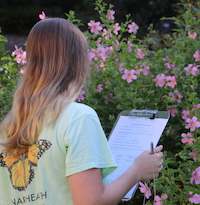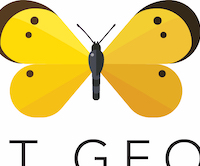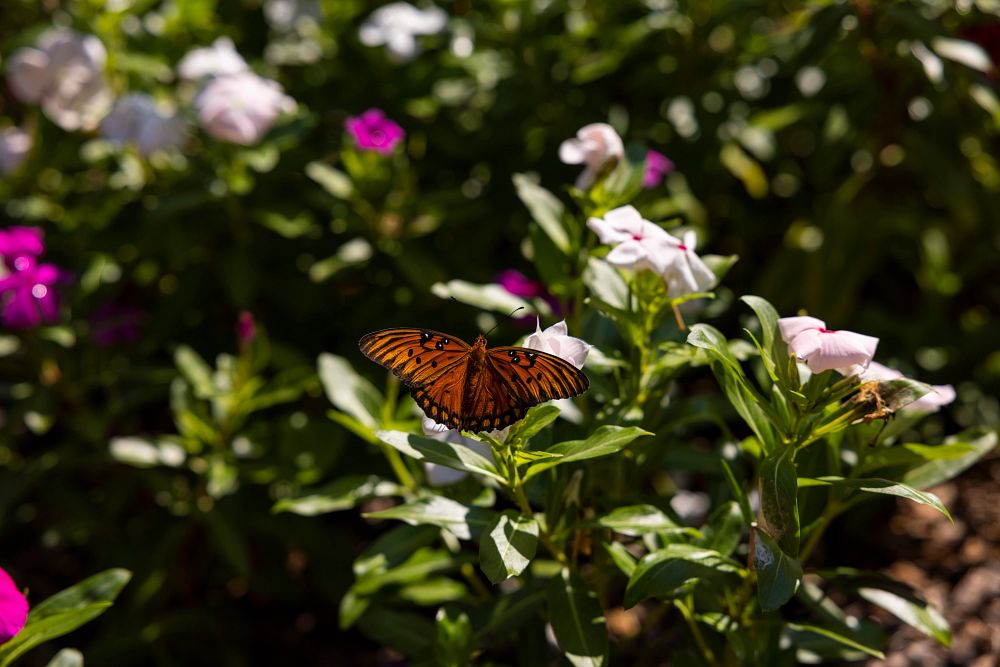Students and families are encouraged to participate in the second annual Great Georgia Pollinator Census on August 21-22 coordinated by University of Georgia Cooperative Extension.
About 4,500 participants documented more than 131,000 insect sightings as part of the inaugural census in 2019, and more than 100 events related to the project took place around the state.
This year's count may look a bit different with social distancing recommendations in place, but organizers are encouraging participants to plan on counting pollinators at home, whether solo or with their families.
Census takers are asked to count pollinators on a favorite pollinator plant with abundant insect activity for 15 minutes each day using the provided observation sheet.
“The goals of the project are to gather data on pollinator insect populations, foster pollinator habitats and increase entomological literacy about these insects,” said Becky Griffin, UGA Extension school garden and pollinator census coordinator. She modeled the program on the Great Backyard Bird Count, a citizen science program run by Cornell University that asks people to count the birds they see in their backyard.
If you can’t tell a honey bee from a bumble bee, don’t worry. An Insect Counting and Identification Guide gives detailed instructions on counting and photo examples for classification, which is helpful, since there are more than 500 bee species reported in the state. Insects are categorized into one of eight categories during the observation period:
- Bumble bees
- Carpenter bees
- Small bees
- Honey bees
- Wasps
- Flies
- Butterflies and moths
- Other insects
Those interested in counting should visit ggapc.org to sign up and subscribe to the monthly newsletter about pollinator gardening and insect identification.
The project’s Facebook group, Georgia Pollinator Census, has grown to nearly 1,500 members and includes many educational resources including videos and files available for teachers to use in the classroom like “Honey Bee Roles.”
“Schools doing STEAM projects are also welcome, and the census can be administered remotely for teachers whose schools are meeting virtually,” explained Griffin. An educator page, including lesson plans for download, is also available at ggapc.org.
For more information including publications on recommended plants to attract pollinators, visit extension.uga.edu/topic-areas/timely-topics/pollinators.





.png)


